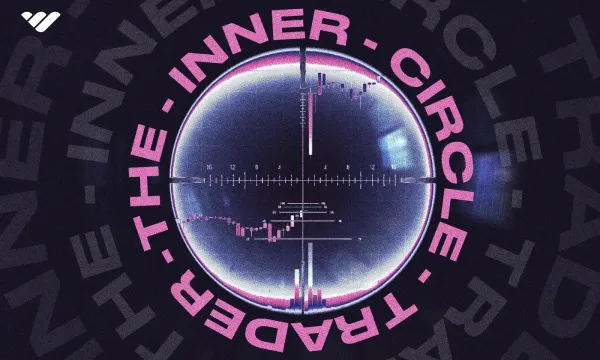The world of trading is filled with methodologies, but few have garnered as much attention as the Inner Circle Trader (ICT) approach. Developed by Michael Huddleston, ICT is a trading philosophy that focuses on understanding market structure, price action, and institutional trading behaviors. Unlike traditional retail trading strategies, ICT emphasizes the importance of aligning with “smart money” movements and leveraging key concepts like order blocks, liquidity pools, and market imbalances. This article will explore the core principles of ICT, its unique strategies, and how traders can apply these concepts to improve their decision-making. Whether you’re a beginner or an experienced trader, this guide will provide a comprehensive introduction to ICT and its transformative potential in the financial markets.
The Philosophy Behind ICT: Aligning with Smart Money
At the heart of ICT lies the idea of aligning with institutional traders, often referred to as “smart money.” These large players, such as banks and hedge funds, have the resources to move markets. ICT teaches traders to identify and follow the footprints of these institutions by analyzing price action and market structure. Key concepts like order blocks (areas where institutions place their orders) and liquidity pools (zones where retail traders often place stop-loss orders) are central to this philosophy. By understanding how institutions operate, ICT traders aim to position themselves on the right side of the market, increasing their chances of success.
Core ICT Concepts: Order Blocks, Fair Value Gaps, and Liquidity
ICT introduces several unique concepts that set it apart from traditional trading strategies. Order Blocks are price zones where institutions have previously placed large buy or sell orders, often leading to significant market reactions. Fair Value Gaps (FVG) occur when price moves rapidly, leaving an imbalance that the market often revisits to “fill the gap.” Another critical concept is liquidity, which refers to areas where retail traders are likely to place stop-loss orders. ICT traders use these concepts to identify high-probability entry and exit points, ensuring they trade in harmony with institutional movements.
ICT Strategies: The Silver Bullet and Kill Zones
One of the most popular ICT strategies is the Silver Bullet, a high-probability setup that combines multiple ICT concepts like order blocks, fair value gaps, and liquidity pools. This strategy is designed to capture quick, high-reward trades with minimal risk. Another key ICT strategy revolves around Kill Zones, specific times during the trading day when institutional activity is at its peak. By focusing on these periods, ICT traders can capitalize on increased volatility and liquidity, further aligning themselves with smart money movements.
Practical Application: How to Start Trading with ICT
To apply ICT strategies effectively, traders must first develop a deep understanding of market structure and price action. This involves studying historical charts to identify order blocks, fair value gaps, and liquidity zones. Additionally, traders should practice patience and discipline, waiting for the perfect setup before entering a trade. Tools like the ICT Power of 3 (PO3) and Market Structure Shifts (MSS) can help refine entry and exit points. By combining these techniques with proper risk management, traders can begin to see the markets through the lens of ICT and improve their overall performance.
Conclusion
The Inner Circle Trader (ICT) methodology offers a unique perspective on trading, focusing on aligning with institutional movements and understanding the underlying mechanics of the market. By mastering concepts like order blocks, fair value gaps, and liquidity, traders can gain an edge in the highly competitive world of trading. Strategies like the Silver Bullet and Kill Zones provide actionable frameworks for identifying high-probability setups. While ICT requires dedication and practice, its emphasis on smart money alignment and market structure makes it a powerful tool for traders of all levels. Whether you’re just starting or looking to refine your approach, ICT provides a roadmap to trading success.


